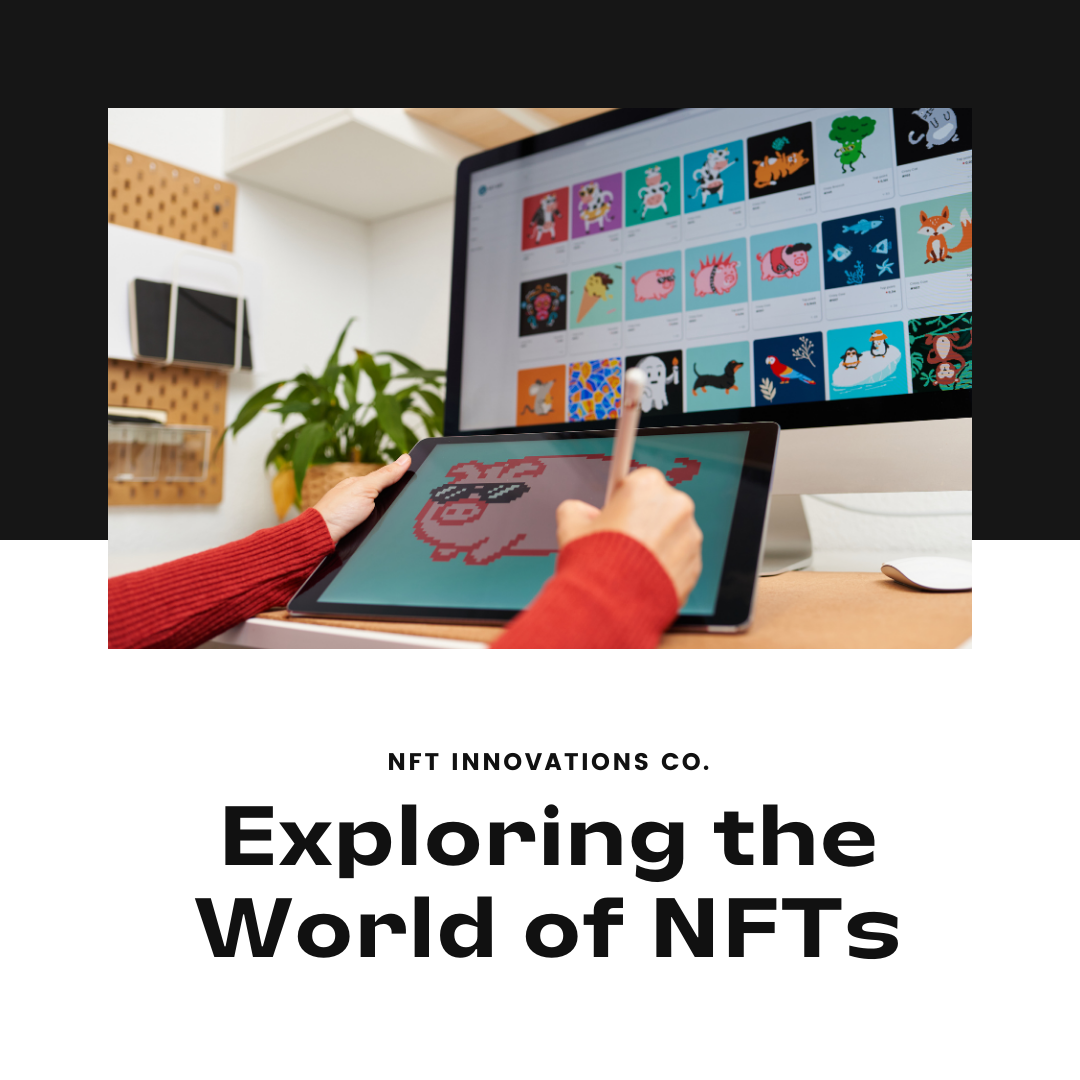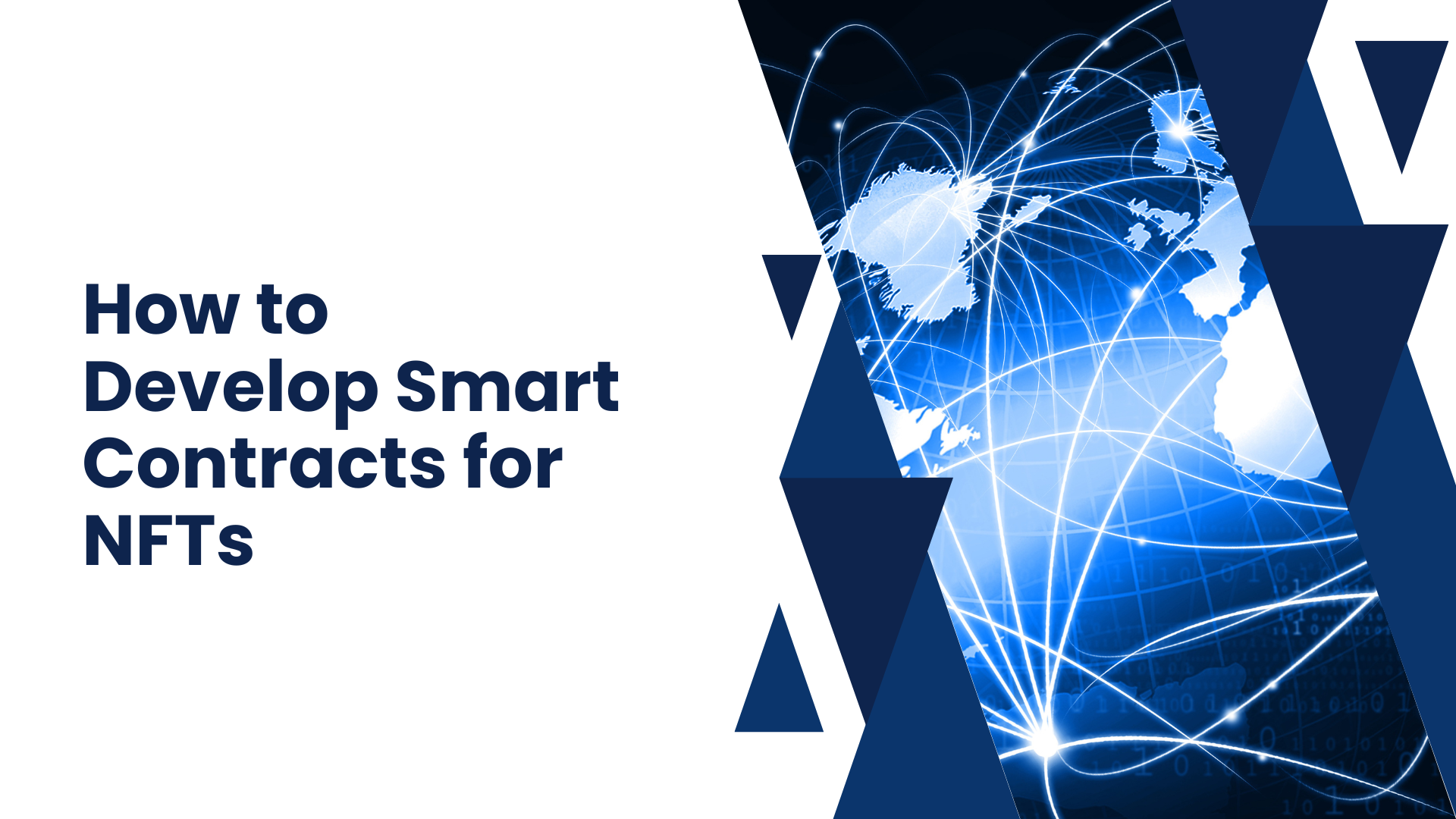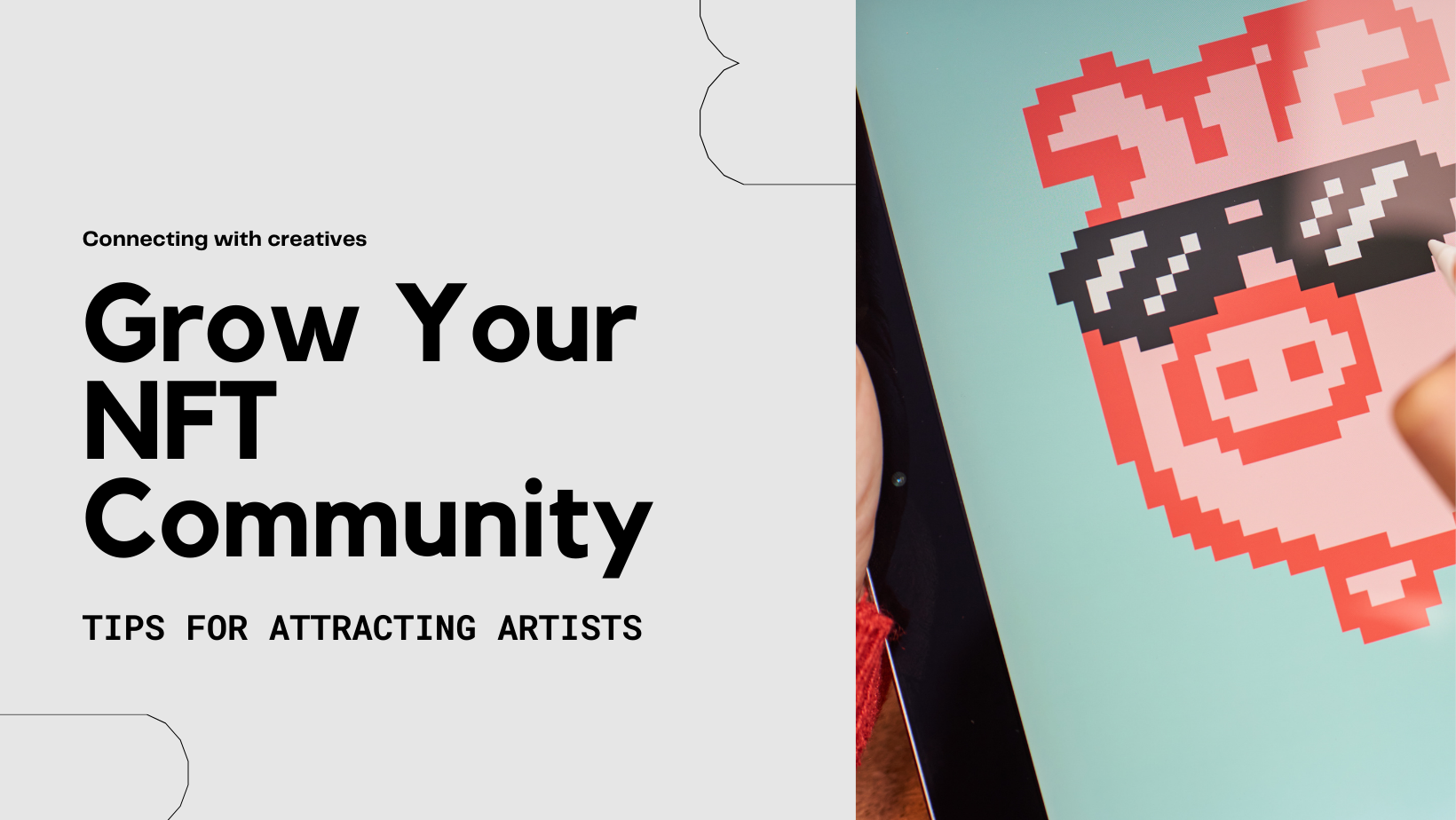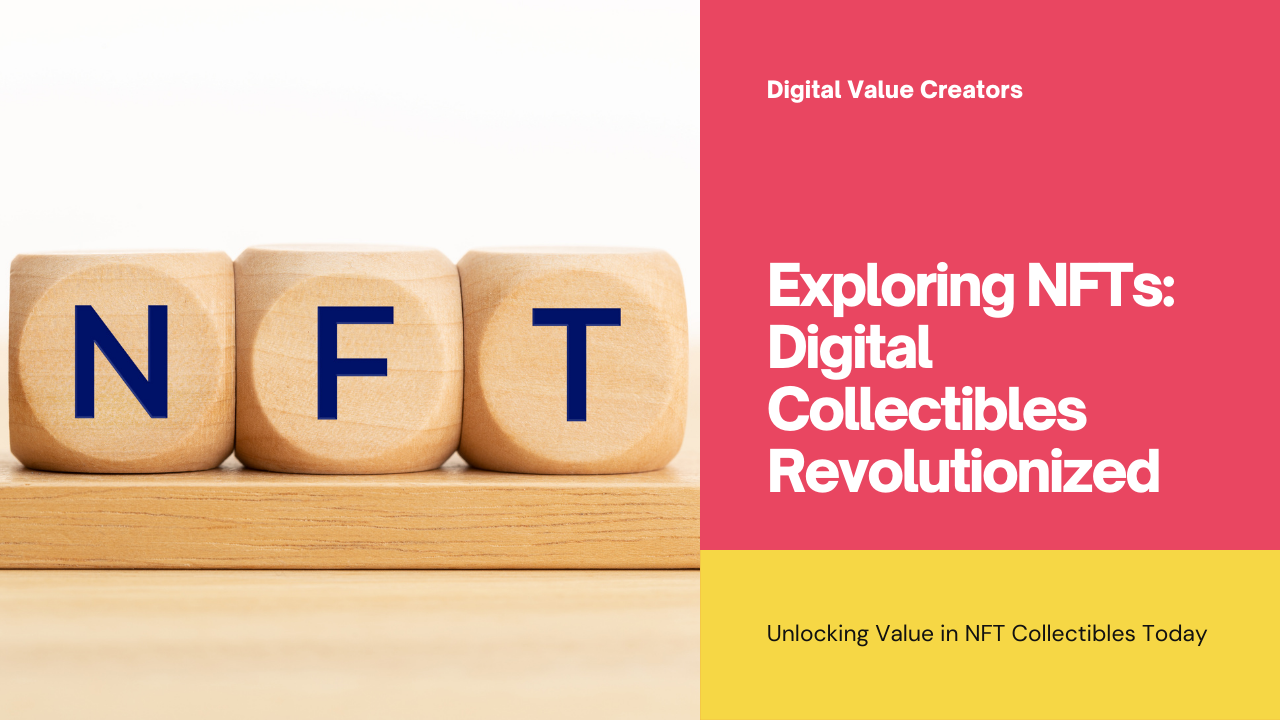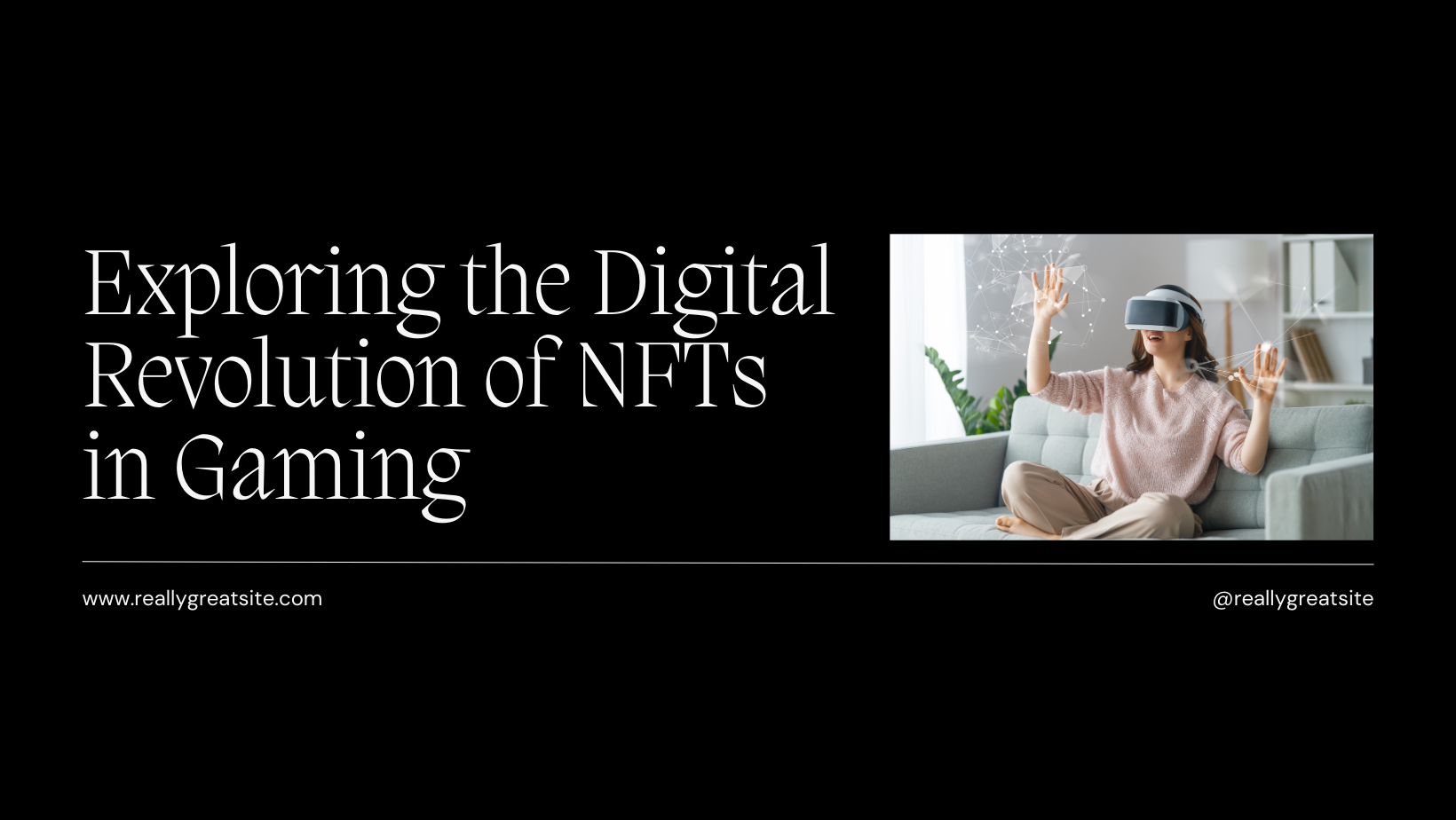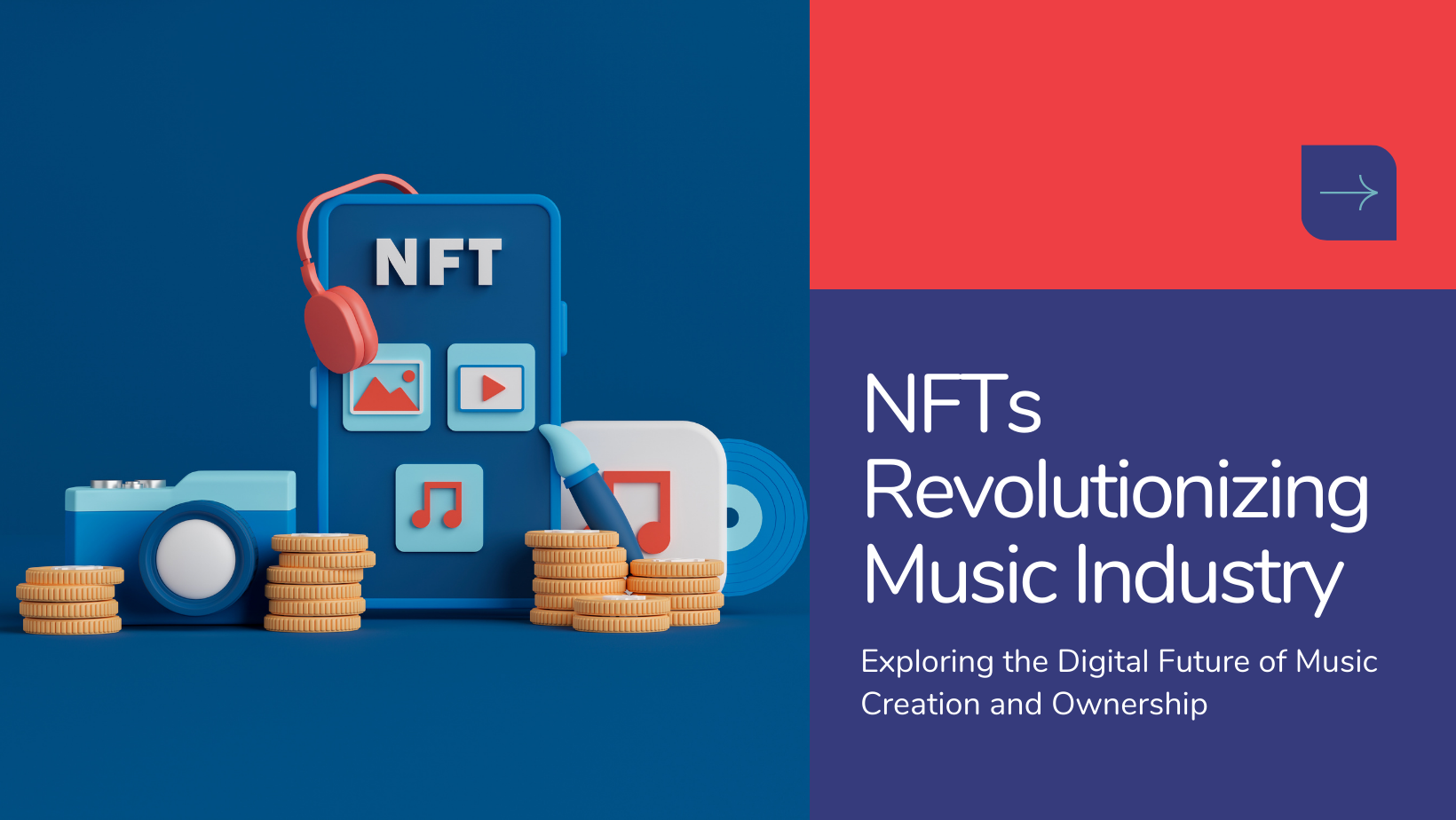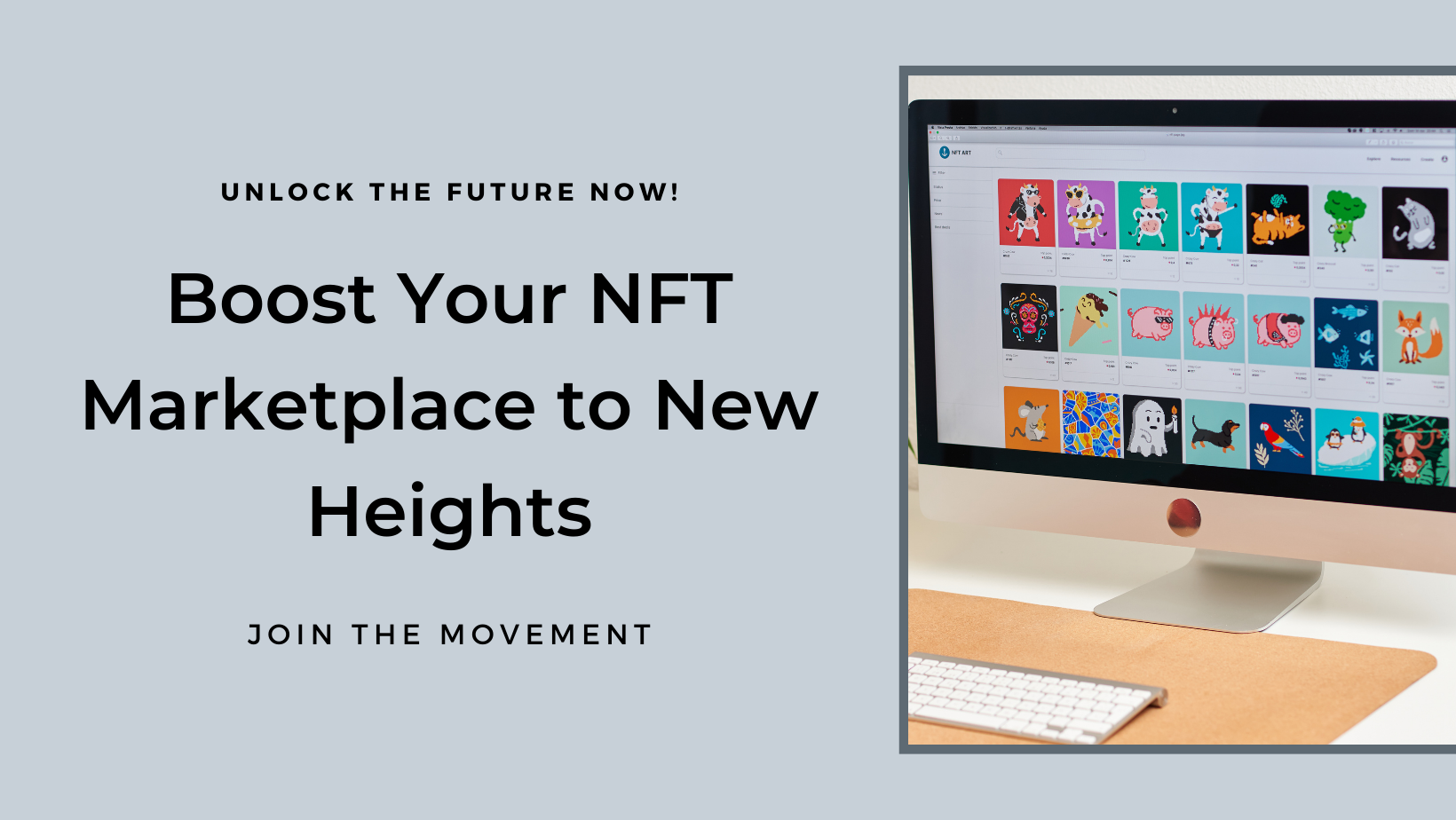Introduction: Non-Fungible Tokens (NFTs) have surged into the spotlight as a groundbreaking innovation in the digital asset space, revolutionizing how we perceive and trade digital content. From artwork and music to virtual real estate and collectibles, NFTs represent unique digital assets verified on blockchain technology. This blog explores what NFTs are, how they work, their applications across various industries, and the evolving market dynamics shaping their popularity.
What are NFTs? Non-Fungible Tokens (NFTs) are unique digital assets stored on blockchain networks, each distinguished by its distinct metadata and cryptographic signature. Unlike cryptocurrencies like Bitcoin or Ethereum, which are fungible and interchangeable, NFTs are indivisible and cannot be replicated, making them one-of-a-kind digital collectibles or representations of real-world assets.
How NFTs Work: NFTs leverage blockchain technology to provide proof of ownership and authenticity, enabling creators to tokenize digital assets and assign unique identifiers that cannot be duplicated or forged. Smart contracts govern NFT transactions, specifying ownership rights, royalties, and conditions for resale, ensuring transparency and security throughout the lifecycle of the asset.
Applications of NFTs: NFTs have diverse applications across various industries, including:
- Art and Collectibles: NFTs enable artists to tokenize digital artwork, photographs, and illustrations, establishing verifiable ownership and creating new revenue streams through token sales and auctions.
- Music and Entertainment: Musicians and content creators tokenize music albums, video clips, and virtual concerts as NFTs, offering fans exclusive access, royalty rights, and limited edition content.
- Gaming and Virtual Real Estate: NFTs are used in gaming to tokenize in-game assets, virtual land, and rare items, allowing players to buy, sell, and trade digital goods across decentralized platforms.
- Fashion and Virtual Goods: Fashion brands tokenize limited edition apparel, virtual wearables, and digital fashion items as NFTs, providing authenticity and exclusivity to consumers in the virtual marketplace.
- Sports Memorabilia and Trading Cards: Athletes and sports leagues tokenize collectible cards, memorabilia, and virtual trading cards as NFTs, offering fans unique ownership rights and authenticated digital assets.
Understanding the NFT Market: The NFT market has experienced exponential growth, driven by increased digitalization, blockchain adoption, and mainstream interest in decentralized finance (DeFi) ecosystems. Key factors influencing the NFT market dynamics include:
- Marketplaces and Platforms: Leading NFT marketplaces such as OpenSea, Rarible, and Foundation facilitate peer-to-peer trading of NFTs, offering creators, collectors, and investors a platform to buy, sell, and auction digital assets securely.
- Artists and Creators: Emerging and established artists embrace NFTs as a means to showcase their work, reach global audiences, and monetize digital creativity through direct sales and secondary market royalties.
- Investment and Speculation: Investors view NFTs as digital assets with potential value appreciation, participating in auctions, flips, and long-term holdings based on scarcity, popularity, and cultural significance.
- Legal and Regulatory Landscape: The evolving regulatory environment surrounding NFTs addresses intellectual property rights, tax implications, and consumer protection, influencing market practices and investor confidence.
Challenges and Considerations: While NFTs present innovative opportunities, challenges and considerations include:
- Scalability and Interoperability: Blockchain scalability issues impact transaction speed and cost efficiency, necessitating advancements in network infrastructure and interoperability solutions for mainstream adoption.
- Environmental Impact: Critics raise concerns about the environmental footprint of blockchain mining and energy consumption associated with proof-of-work (PoW) consensus algorithms used in NFT minting and trading.
- Market Volatility: NFT prices are subject to market volatility, speculation, and demand fluctuations, posing risks for investors and creators seeking stable returns and long-term sustainability.
Future Trends and Innovations: Looking ahead, the future of NFTs hinges on technological advancements, regulatory clarity, and mainstream adoption across global markets. Innovations such as tokenization of real-world assets, decentralized autonomous organizations (DAOs), and enhanced digital rights management (DRM) solutions are poised to reshape the NFT landscape, unlocking new opportunities for creators, investors, and consumers alike.
Conclusion: In conclusion, NFTs represent a paradigm shift in digital ownership, offering creators and investors unprecedented opportunities to tokenize, trade, and monetize digital assets across diverse industries. As the NFT market continues to evolve, understanding its applications, market dynamics, and potential challenges is crucial for navigating this transformative digital economy.
